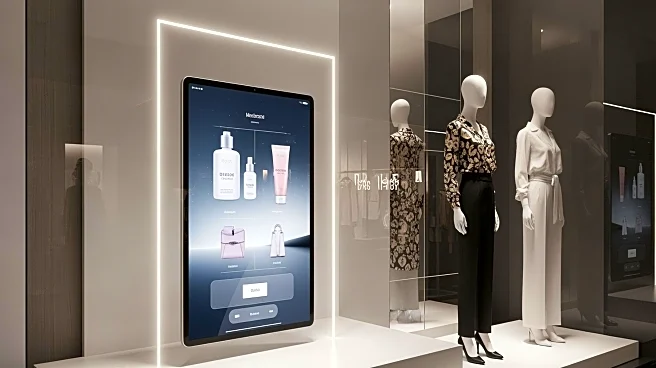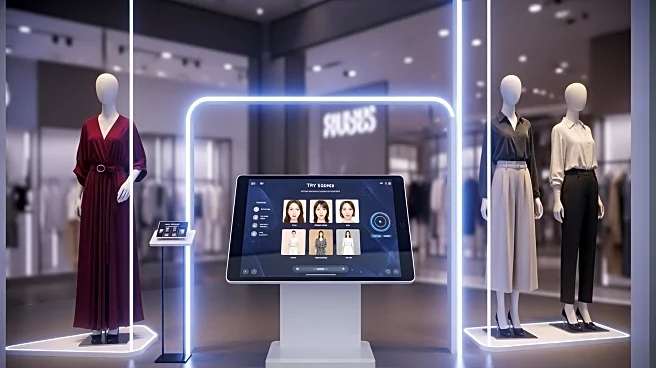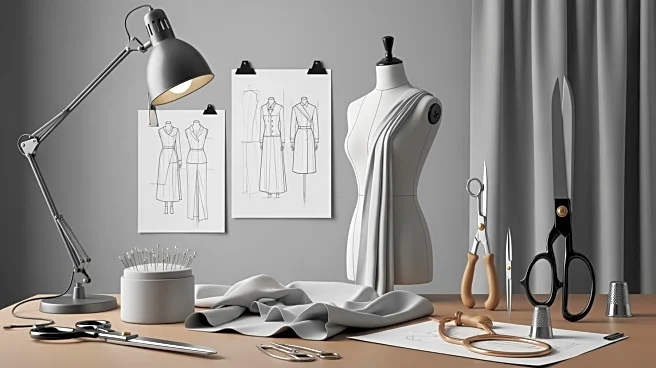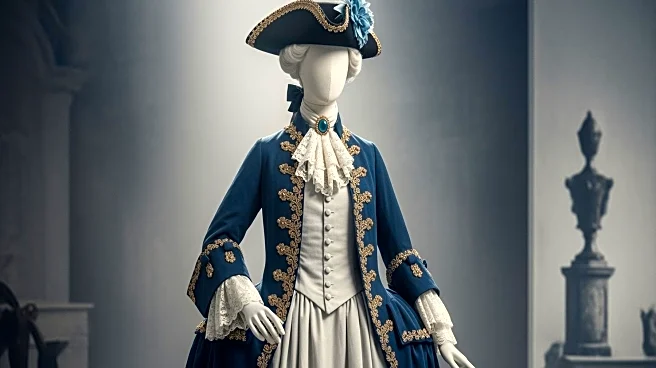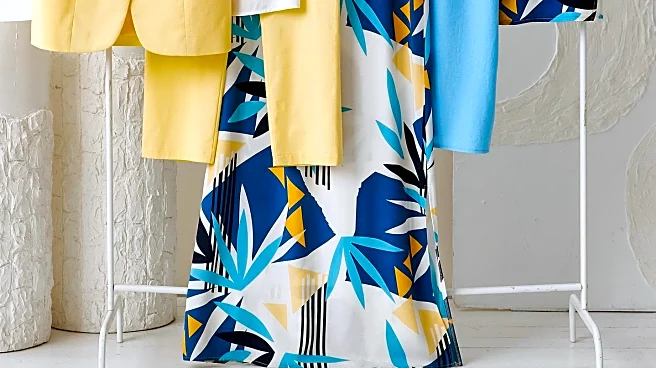What's Happening?
The fashion industry is currently facing scrutiny over its portrayal of women on the runway. Recent fashion shows have sparked debates about whether designers truly understand or care about how women dress in their everyday lives. Critics argue that many
runway designs, such as Alaïa’s armless 'straitjacket' dress and Margiela’s metal mouthpieces, prioritize spectacle over wearability, leading to backlash. Diana Pearl and Cat Chen from The Business of Fashion discuss the intensifying criticism, noting that designers often create clothes that feel disrespectful or impractical for real women. The lack of body diversity on the runway further exacerbates the issue, with ultra-thin models dominating the scene, which critics say does not reflect the diversity of women's bodies.
Why It's Important?
This criticism highlights a significant disconnect between fashion designers and their consumer base, particularly women. The industry’s focus on spectacle over practicality can alienate potential customers, impacting sales and brand loyalty. As many fashion brands face financial struggles, the need to resonate with consumers becomes more pressing. The lack of body diversity on the runway also raises concerns about representation and inclusivity, which are increasingly important to consumers. Brands that fail to address these issues risk losing relevance and market share in a competitive industry.
What's Next?
Fashion brands may need to reassess their approach to design and marketing to better align with consumer expectations. This could involve prioritizing wearability and inclusivity in their collections, as well as increasing representation of diverse body types on the runway. Designers might also consider engaging more directly with their customer base to understand their needs and preferences. As criticism continues, brands that adapt to these demands could strengthen their market position and improve customer loyalty.
Beyond the Headlines
The ongoing debate about fashion’s disconnect with women’s realities touches on broader cultural and ethical issues. It raises questions about the role of fashion in society and its impact on body image and self-perception. The industry’s portrayal of women can influence societal norms and expectations, making it crucial for designers to consider the messages they send through their work. Addressing these issues could lead to a more inclusive and respectful fashion landscape.


